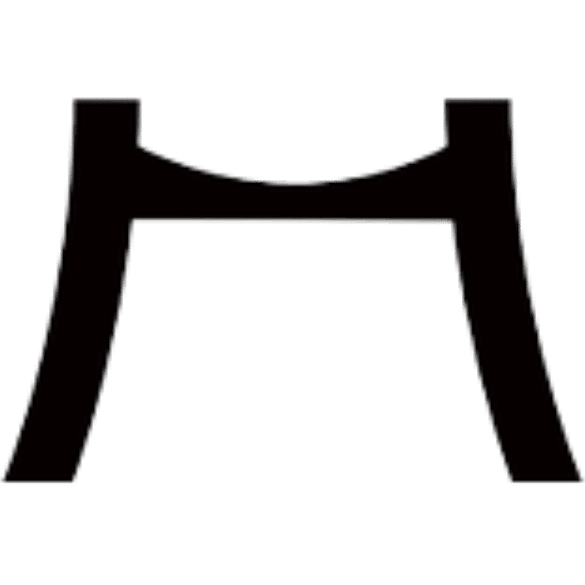0
£0.00
Mini Cart
Empty cart
No products in the cart.

Karate is a martial art that was developed in the Ryukyu Kingdom, in what is now known as the Okinawa Prefecture. Developed from the indigenous Ryukyuan martial arts under the influence of Kung Fu, karate has an incredible history and has come far over the last few years. Let’s take a look at this ancient martial art practice and how it has come to be so popular all over the globe.
Karate is now predominantly a striking art, using punching, kicking, knee strikes, elbow strikes and open-hand techniques such as knife-hands, spear-hands and palm-heel strikes. Historically, and in some modern styles, grappling, throws, joint locks, restraints and vital-point strikes are also taught. Karate is a form of self-defence and was created at a time when weapons were banned by invading Japanese forces.
Karate has three main sections to be mastered when training, these are:
In its current form, karate is less than 200 years old, however it has roots that date back thousands of years. The art originated on the island of Okinawa and in its early form was heavily influenced by ancient Chinese martial arts, collectively known as Kung Fu.
Very little is known of where the exact origins of karate came from before it appeared, but one popular theory states that it came from India over a thousand years ago and was brought to China by a Buddhist monk called Bodhidarma (“daruma” in Japanese). This ancient legend suggests that Bodhidarma arrived in Shaolinsi and began teaching Zen Buddhism, a style of temple boxing based on exercises designed to strengthen the mind and body.
During the early 1900s, Gichin Funakoshi, a school teacher from the island of Okinawa, introduced karate to mainland Japan where it started to become more popular year after year. Karate became especially popular in the 1960s and 1970s because of westernised karate movies and by the late 1970s, martial arts films had formed a mainstream genre. Karate schools then began appearing all over the world, catering to those with casual interest as well as those seeking a deeper study of the art. By 2015, karate was featured on a shortlist along with baseball, softball, skateboarding, surfing, and sport climbing to be considered for inclusion in the 2020 Summer Olympics. In 2016, the International Olympic Committee’s Executive Board announced they were supporting the inclusion of all five sports
Karate is a non-contact and unarmed martial arts discipline, employing kicking, striking, and defensive blocking with arms and legs. People who engage in karate often practice their techniques by executing blows against padded surfaces or wood. Pine boards up to several inches in thickness can even be broken by the bare hand or foot of a karate expert. Timing, tactics, and spirit, however, are also considered just as important as physical strength.
One thing that most people think of when they hear karate is the outfit. When individuals practise karate, they wear special clothes called a karategi. The karategi is made up of a white jacket, white trousers and often a coloured belt with the purpose of displaying the student’s rank. In karate, the belt symbolises how long you have trained rather than how good you are. It’s interesting to note that different schools of Karate have different colours of belts for their ranks, but typically black belts are of the highest rank.
At Atelier Japan, we believe in preserving Japanese culture. Our brand is home to the finest traditional Japnese products that have been handcrafted by artisanal makers all across Japan to share with those interested in the culture and process of each collection. Explore Atelier Japan to discover our range of history and heritage-filled collections of tea, fans, silverware, pottery and jewellery.



